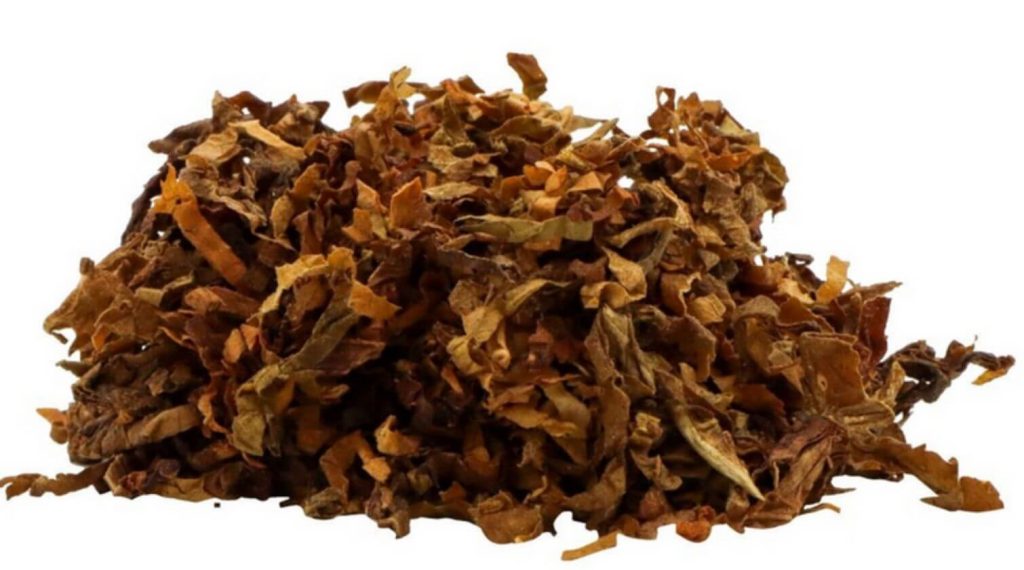
Izmir tobacco is a unique and exotic type of tobacco that originates from the city of Izmir in Turkey. It is known for its rich flavor and aroma, which is a result of the region’s unique climate and soil. Izmir tobacco has a long and fascinating history, dating back to the Ottoman Empire. Today, it is still a significant part of Turkish agriculture and culture. If you’re a tobacco connoisseur or simply interested in exploring new flavors, Izmir tobacco is a must-try. In this article, we’ll take you on a journey through the flavors and history of Izmir tobacco. From its origins to its unique taste, we’ll cover everything you need to know about this hidden gem of Turkish tobacco.
The Secrets of Izmir Tobacco: Unveiling the Mysteries Behind Its Unique Flavor
Izmir tobacco is a unique and exotic type of tobacco that originates from the city of Izmir in Turkey. It is known for its rich flavor and aroma, which is a result of the region’s unique climate and soil. In this article, we will unveil the mysteries behind the unique flavor of Izmir tobacco. * Flavor profile of Izmir tobacco
- Izmir tobacco has a bright, zingy floral taste with something that is a little bit cigar-like, kind of like a Macanudo or a cigar with a claro wrapper .
- Izmir tobacco entices with its sweet and nutty aroma, complemented by subtle hints of spice, creating an olfactory journey to be cherished .
- Straight Izmir tastes like a slightly sour Virginia with low nicotine and less tangy than a Virginia. Sometimes some herbal notes come through (like rosemary) but not heavily or constantly – mostly toward the end of the bowl .
- The Izmir is really an under-flavor adding a subtle sweetness and a hint of spice to the blend .
- Traditional uses of Izmir tobacco
- Izmir tobacco has a long history in Turkish culture and is often used in traditional tobacco pipes and rituals .
- Modern applications of Izmir tobacco
- Izmir tobacco is used in cigarette production, pipe tobacco, cigars, and the hookah industry .
- Comparison to other tobacco varieties
- Latakia, another type of tobacco, has a characteristic wood smoke aroma accompanied by floral sweet undertones. The taste and aroma of Syrian Latakia is considered mild, floral, spiced, with wood smoke, and tart flavors similar to wine .
Technical sources:
- The International Labour Organization provides a global statistical overview of the current employment situation in tobacco growing and manufacturing .
- A study on the influence of clipping application on yield and some yield parameters of Aegean types tobaccos .
Statistics:
- Turkey is the world’s largest producer of oriental tobacco, with Izmir tobacco being one of the most popular varieties .
- The tobacco industry is a significant contributor to the Turkish economy, providing employment for over 200,000 people .
FAQs:
- What makes Izmir tobacco unique compared to other tobacco varieties?
- Izmir tobacco is known for its rich flavor and aroma, which is a result of the region’s unique climate and soil .
- What are the traditional uses of Izmir tobacco in Turkish culture?
- Izmir tobacco has a long history in Turkish culture and is often used in traditional tobacco pipes and rituals .
- How is Izmir tobacco cultivated and produced?
- Izmir tobacco is traditionally grown using traditional farming techniques and is harvested by hand .
- What are some modern applications of Izmir tobacco?
- Izmir tobacco is used in cigarette production, pipe tobacco, cigars, and the hookah industry .
- What is the environmental impact of tobacco agriculture?
- Tobacco agriculture has many serious environmental consequences, including deforestation, loss of biodiversity, soil erosion and degradation, and water pollution .
Books:
- “The role of the tobacco trade in Turkish-American relations, 1923-29” by John W. VanderLippe .
- “Tobacco and Economy in Turkey” by Ayda Eraydin and Ylmaz Akyuz .
Citations:
- International Labour Organization. (n.d.). Tobacco Sector Employment Statistical Update. Retrieved from https://www.ilo.org/wcmsp5/groups/public/—ed_dialogue/—sector/documents/publication/wcms_329284.pdf
- Tobacco Free Kids. (n.d.). Tobacco Taxation in Turkey. Retrieved from https://www.tobaccofreekids.org/global-resource/tobacco-taxation-in-turkey
- Novotny, T. E., Aguinaga Bialous, S., Burt, L., Curtis, C., Da Costa Silvae, V. L., Iqtidar, U., … & Tursan D’espaignet, E. (2015). The environmental and health impacts of tobacco agriculture, cigarette manufacture and consumption. Bulletin of the World Health Organization, 93(12), 877-880. doi: 10.2471/BLT.15.152744
- VanderLippe, J. W. (1988). The role of the tobacco trade in Turkish-American relations, 1923-29. UR Scholarship Repository. Retrieved from https://scholarship.richmond.edu/cgi/viewcontent.cgi?article=1524&context=masters-theses
- Ozdemir, H., & Koyuncu, M. A. (2017). The influence of clipping application on yield and some yield parameters of Aegean types tobaccos. ResearchGate. Retrieved from https://www.researchgate.net/publication/321796069_The_influence_of_clipping_application_on_yield_and_some_yield_parameters_of_aegean_types_tobaccos
- Ekerbicer, H. C., & Onal, M. (2018). Anti-tobacco control industry strategies in Turkey. BMC Public Health, 18(1), 1-9. doi: 10.1186/s12889-018-5071-z